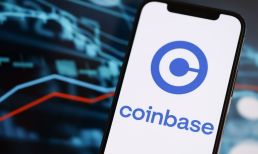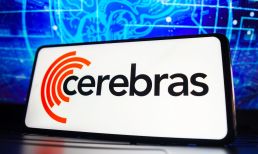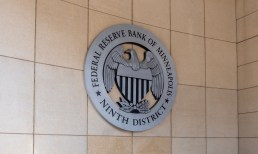Wearables are at an interesting crossroads in the life of the American consumer. From the biggest names in retail and technology to up-and-coming startups, there suddenly seems to be a world of innovators with wearable inventions at the ready to make our lives better.
For example, since the start of September, we’ve seen the latest super-specialized connected fitness product out of Garmin, a new edition of the Apple Watch, Fitbit’s Ionic, Samsung’s partnership with Speedo for the Gear Sport line, rumors that Amazon will release smart specs of its own, the smart jean jacket from Levi’s and Google and the Opter Life bamboo pendant necklace, which reminds users to adjust their posture and to apply sunscreen, among other functions.
However, this year has been a rough one for wearables. Fitbit has shed more than 70 percent of its value; Intel closed the doors on its wearables unit and Jawbone liquidated its assets.
And yet, wearable devices still have a growing place in retail, and the use cases are growing every day. They have real-world applications — such as streamlining payments options and improving health, among others — and can solve real consumer problems.
Here are the numbers:
30.5 billion | Projected value of the wearable device market in 2017
Advertisement: Scroll to Continue
17.4 billion | Projected potential revenue for wearables through 2021
310.4 million | Number of wearable devices to be sold worldwide this year, according to retail researcher Gartner
70 | Percentage Fitbit’s value has declined in 2017
30 | Percentage of total smartwatch units shipped by 2021 that will be made up of kids’ smartwatches
5.5 | Percent more connected devices wearable owners have than average people




